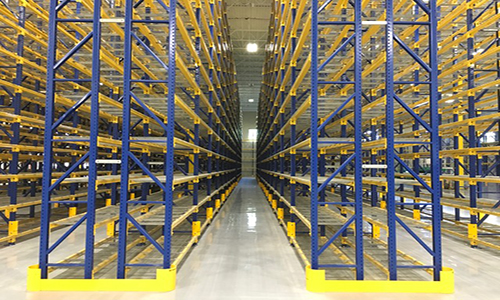In the ever-evolving landscape of logistics and supply chain management, the significance of efficient warehouse storage cannot be overstated. Modern businesses are navigating a rapidly changing marketplace where customer expectations are soaring, and operational agility is paramount. In this context, the role of modern racking systems has emerged as a critical factor in streamlining warehouse operations and maximizing storage capacities. Gone are the days of traditional, static storage solutions that hindered accessibility and flexibility. The contemporary warehouse demands dynamic, scalable, and adaptable racking systems that can accommodate diverse inventory while optimizing space utilization. Modern racking systems have redefined the way warehouses operate by offering innovative solutions that not only increase storage density but also enhance accessibility and organization. One of the key advancements is the incorporation of adjustable shelving and pallet racking, which allows for quick modifications to suit varying product dimensions and turnover rates.

Furthermore, modern racking systems integrate seamlessly with technology-driven warehouse management systems. This synergy empowers businesses to monitor inventory levels, track movement, and strategize replenishment with real-time data insights. The integration of automation technology, such as robotic retrieval systems and conveyor belts, further elevates the efficiency of warehouse operations. By minimizing manual intervention in material handling, businesses can significantly reduce labor costs, mitigate the risk of workplace injuries, and ensure faster order processing, ultimately bolstering customer satisfaction. A crucial aspect of modern racking systems is their focus on maximizing vertical space. Warehouses are no longer confined to sprawling horizontal expanses; instead, they are reaching for the skies. High-rise racking systems capitalize on vertical dimensions, making the most of available cubic footage. This vertical approach not only multiplies storage capacity but also reduces the warehouse’s physical footprint, enabling businesses to invest in smaller, more strategically located spaces. This is particularly beneficial in urban environments where real estate comes at a premium.
This adaptability not only optimizes space but also enables efficient inventory management, reducing the chances of underutilized or wasted space visit https://centexrack.com/. Moreover, these racking systems facilitate better categorization and separation of products, leading to quicker order fulfillment and minimized errors. In conclusion, modern racking systems have revolutionized warehouse storage management. The days of static, inefficient storage solutions are fading, replaced by dynamic and adaptable racking systems that prioritize space utilization, accessibility, and operational efficiency. With the integration of technology, automation, and a focus on vertical expansion, businesses can elevate their warehouse storage game to meet the demands of today’s fast-paced market. As customer expectations continue to rise and competition intensifies, embracing these innovative storage solutions is not just a choice but a necessity for businesses looking to thrive in the modern supply chain landscape.






